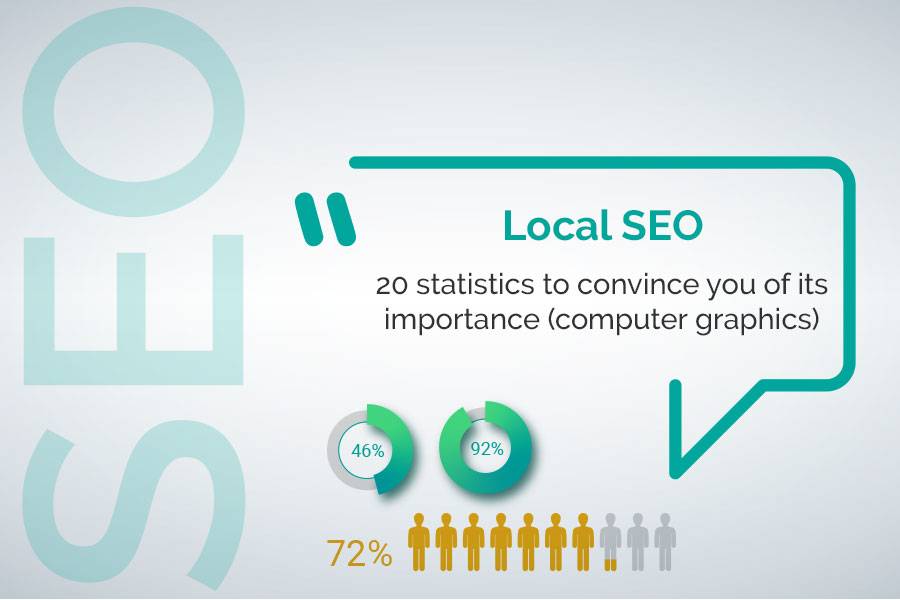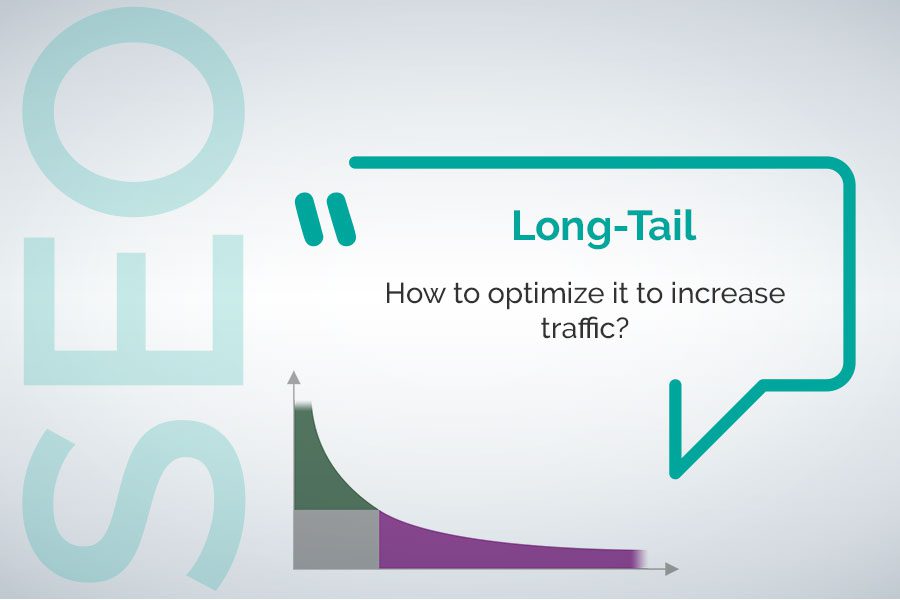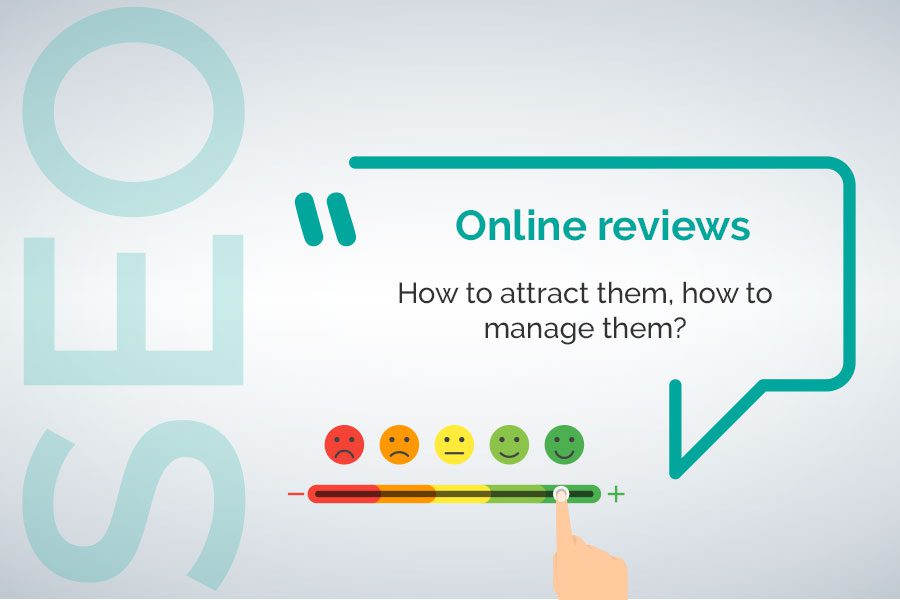
Internal mesh: good for your referencing, good for your visitors.
March 10, 2020
20 statistics that prove the importance of Local SEO
August 25, 2020

The long tail refers to keywords that generally attract few visitors to a site but that should not be neglected. Indeed, the long tail makes it possible to position oneself on specific requests made by Internet users looking for a specific product or service and who are often engaged in a purchasing process.
As shown in the diagram below, the long tail is a query made up of a minimum of 3 words that can also be synonyms for the most frequently used keywords. The goal is to target less used and therefore less competitive keywords to easily obtain a good ranking in search engine results.

Interests of the long tail.
1 – Face the competition and maximize your ROI (Return On Investment):
Assuming that small streams make big rivers, it’s better to be well positioned on queries that attract few visitors – but targeted visitors – than to be on the third page of Google for popular queries that will not generate any traffic to your site.
Let’s take an example: If your business is “furniture store”, there is a good chance – unless you are one of the leaders in your market – that the pages of your site will not appear in the best results of a search such as “furniture” or “furniture store”. But, if you work the keywords on your site pages or product descriptions – for an e-commerce site – with keywords such as: “Danish contemporary furniture” or “Art-deco living room lamp”, you will have a better chance of appearing well in search engine results.
The more descriptive and pointed your long tail – “4 drawer elm veneer chest of drawers” – the greater the likelihood of being seen by customers who are actively looking for that product or service.
2 – Better targeting of digital marketing campaigns.
The long tail is also useful in paid search marketing campaigns such as Google ads. Indeed, when you bid on long tail keywords the advantage will be double;
- A lower cost per click than with generic keywords;
- A sharp targeting of the campaigns.
In terms of efficiency and ROI, it will therefore be preferable to place your google ads on 100 keywords that each generate 10 visits rather than a single keyword that generates 100 visits.
3 – Impacts the overall ranking of a site.
By adopting a long tail strategy (and increasing the number of pages on your site by a corporate blog for example), you improve the ranking of your sites’ pages. Google will interpret this positively, and there is a good chance that it will increase the overall score and thus the overall positioning of your site.
4 – Improving the conversion tunnel.
Another reason why you should use the long tail is that it allows you to widen the top of your conversion tunnel.
Regularly publishing quality articles in the blog part of your site is the best way to multiply the number of pages and therefore the number of keywords for which this site will be referenced. By increasing the number of entry points to your site, and by judiciously linking the pages of your site together, you can more easily encourage visitors to stay on your site and guide them towards your offer and the calls to action (email, telephone…) that allow you to create interactions with them.
5 – Adapted to voice searches.
Voice search, which is experiencing a very strong increase with the improved performance of Siri, Alexa and Ok Google, favors the use of the long tail.
Indeed, the long tail is syntactically close to the mode of expression of Internet users for their voice searches. In fact, an Internet user who actively searches for a virtual reality game will rarely make a query such as “virtual reality game” and even less “virtual reality” but more certainly “Best virtual reality games” or “New virtual reality games 2020”. This Internet user knows what he wants, and it is indeed the use of long tail that allows to stick as well as possible to the formulation that he makes of his need.
How to manage the long tail?
A long tail is composed of three parts: The head words, the middle of the tail and finally the tail.
The head words of the tail: These are the most competitive and most requested words in short requests and their number is 2 maximum, example: “video projector”.
The lagging middle: It is composed of generic but less competitive terms. If we take the example of our video projector, we could for example have in the middle of the tail: “4K portable”.
The tail of the long tail: It is composed of precise terms that allow to target very efficiently a less popular and therefore less competitive request, for example: “short focal length”.
Our long tail will therefore be “portable 4K video projector with short focal length”, you will have to include these terms in your url as well as in the description of your product or in the text of your blog post to be included in the search results.
The long tail is the set of keyword combinations that describe the products or services your site offers. The number of these combinations is considerable, especially with the use of synonyms and complementary terms that multiply the alternatives.
If we take our example of the “portable 4K video projector with short focal length”, it is possible to write the following long alternative tails:
- Benq w2000 projector;
- Benq 4k Video Projector Test;
- Best 4k projector 2020;
- What’s new in the 4K portable projector;
- And many others…
Reminder: The keywords that you will choose for your long tail expression must imperatively appear in the title of your page, in its url, in the alt tags of your images, and of course in the text of your article.
What tools to choose to manage it?
1 – Google Keyword Planner
Keyword Planner is an integrated service in Google AdWords, simple to use, it will help you find inspiration and analyze relevant queries. The icing on the cake Keyword planner shows you the associated searches, the number of searches per month and traffic forecasts.
It’s a free tool but the downside is that it’s the most widely used and your competitors may already be using it.
2 – Keywordtool
Keywordtool will allow you to easily find keywords and long tails on Google, YouTube, Bing, the Apple Store or Amazon.
However, its free version does not allow you to know the volume of searches associated with these keywords.
3 – Spyfu
SpyFu offers services equivalent to Keywordtool but also allows you to visualize the keywords used by your competitors.
4 – Ubersuggest
Ubersuggest is a free keyword generator based on queries from Google Suggest, as well as data from Google Keyword Planner.
5 – Google Suggest
Google Suggest is a feature built into Google that makes search suggestions as soon as you type the first few letters of your query in the search bar. Suggested suggestions are linked to the most searched queries for the main keyword in your query.
Tips:
to know the most requested queries related to a specific keyword, add “*” before the keyword(s) of your search. Other Google suggestions are also visible in the “Related searches” section at the bottom of the results page for your query.
To Conclude:
Keywords with a long tail drive targeted traffic from visitors engaged in a purchase process.
Individual keyword phrases generate little traffic, but the number of keyword phrases can be easily multiplied, so the long tail can end up representing a significant portion of a site’s traffic.
It is better to be well placed on 100 keywords that generate 10 visits each, than on the third page of Google on a highly competitive query.
As with everything related to SEO, working on your long tail words can only have a positive impact if the other aspects of your site; speed, quality of writing, keywords in the title and url, internal networking … are also effective.


